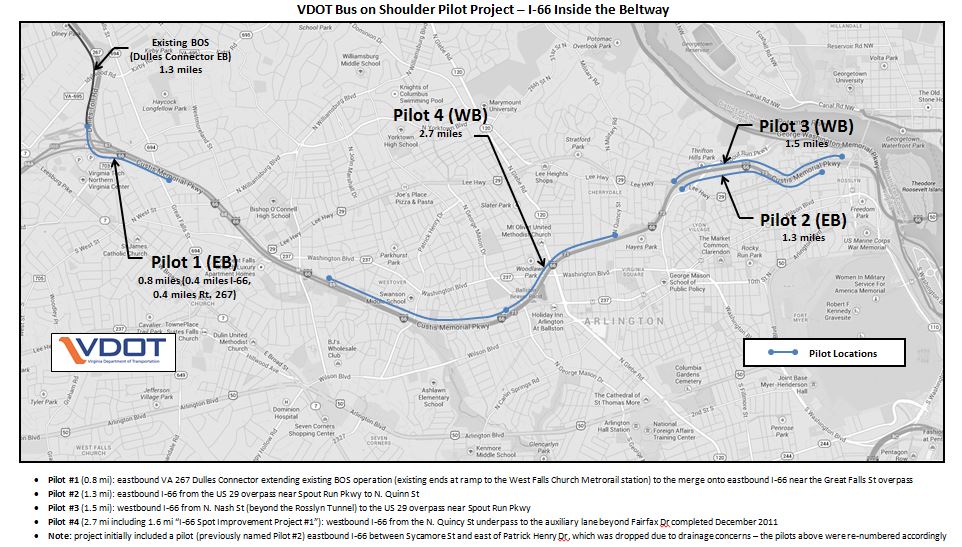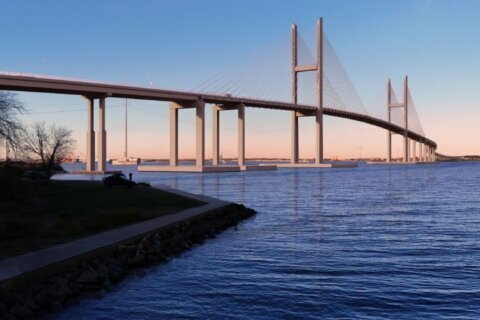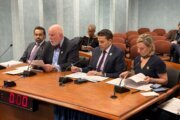WASHINGTON – Some Northern Virginia commuters will now get to cut in line during heavy traffic on Interstate 66.
Starting March 23, PRTC OmniRide commuter buses to and from Manassas and Gainesville will be able to use the shoulders along some stretches of I-66 whenever traffic in the regular lanes is moving slower than 35 miles per hour.
The Virginia Department of Transportation’s project manager for the pilot program, Rahul Trivedi, says other bus services like Metrobus could join the program within the next few months.
“The idea is to enhance the bus service…and it’s part of the overall picture for I-66,” Trivedi says.
Among the changes under consideration for the busy interstate are tolls, changes to HOV rules, and a new lane in each direction from the Capital Beltway to Haymarket.
But while such changes could be years off, Trivedi says drivers today will need to be aware of the buses on the shoulder, and allow the buses to merge back into the main lanes.
He says other transit agencies, including Metro, are close to signing agreements to use the shoulders as well. Additional buses could begin using the shoulders in the next few months.
“It allows them to maintain their schedules, plus save some operating costs,” Trivedi says.
The cost savings come in part from better gas mileage.
OmniRide takes commuters from Prince William County to Tysons Corner, Arlington and D.C.
Eastbound buses will be able to use the shoulder beginning at the end of the existing Dulles Connector Road bus lane to the ramp for the West Falls Church Metro in Fairfax County, and from near Spout Run Parkway to North Quinn Street in Arlington.
Westbound buses will be able to take advantage of more than four miles of shoulder, with one stretch from just beyond the Rosslyn Tunnel to Spout Run Parkway and the other from North Quincy Street to just beyond Fairfax Drive.
VDOT put about $600,000 into shoulder upgrades, tree trimming and other work to allow buses to start using the shoulders in these stretches after a planning and public comment period.
If the pilot program is successful, Trivedi says there are other stretches on I-66 inside the Beltway that could be added to the program relatively quickly without too much additional work.
VDOT will consider things like how much time it saves, how frequently the shoulders are used, whether there are safety issues, and how the shoulders hold up to the wear and tear as part of a cost-benefit analysis at the end of the one-year pilot.








